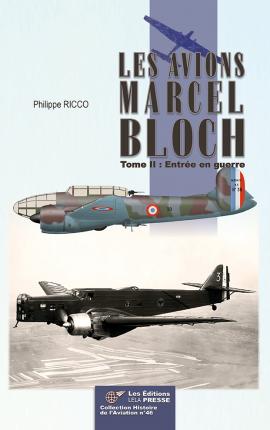Free shipping until publication in Febuary 2025! Offer valid for individuals. (Date and coverage not contractual)
After a first attempt that remained discreet, Marcel Bloch was able to become an Aviation industrialist thanks to the success of a second generation of MB 81, MB 120 and MB 200 aircraft. He then launched a vast challenge to his teams to give birth to a third generation, which notably includes the MB 130, MB 131, MB 210 and MB 220 models, which will make it one of the largest French aircraft manufacturers of the first half of the 1930s. Four years after its return to the Aviation, Potez, Breguet, Morane, Loire, Hanriot… most other aircraft manufacturers make Marcel Bloch aircraft. Find out how he was able to transform bitter technical failures into resounding successes. How failed prototypes became some of the best French planes. But nationalizations and technical controversies, to which is added the rise of anti-Semitic sentiments, are slowing down its extraordinary development. This second part highlights the successes and begins the first difficulties of Marcel Bloch and his planes.
Summary of Volume II: Entry into war
- Strikes and nationalization
Second generation of bombers (MB 210, 211, 212, 210H, 218)
- Transport aviation
Why not a three-engine? (MB 300)
What if we tried twin-engine? (MB 220, 221)
Colonial four-engine (MB 160, 162 Raid, 400)
- 39-40: a month and a half of war
Combat aircraft (MB 170, 171, 172, 173, 174, 175, 176, 177, 178, 179, 174Z, 175T)



